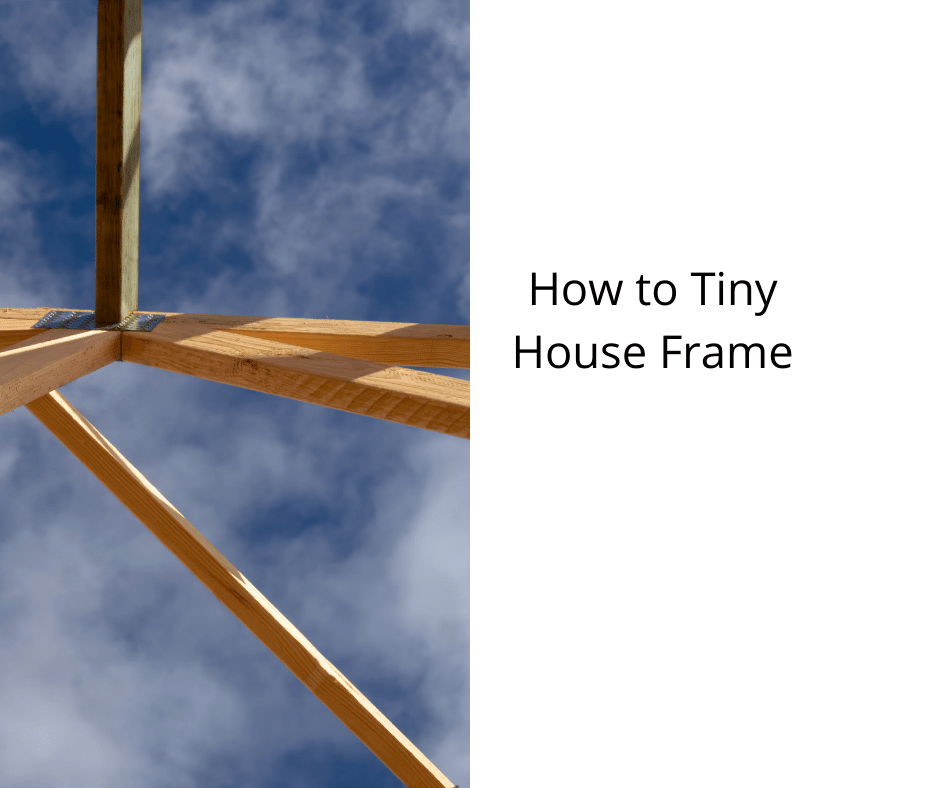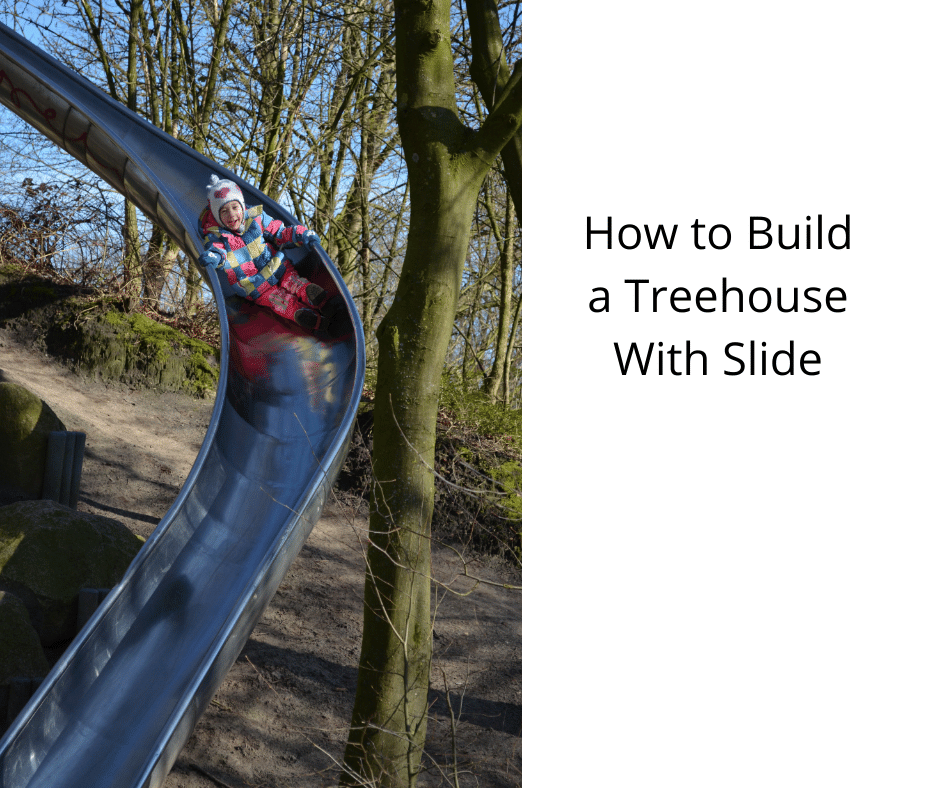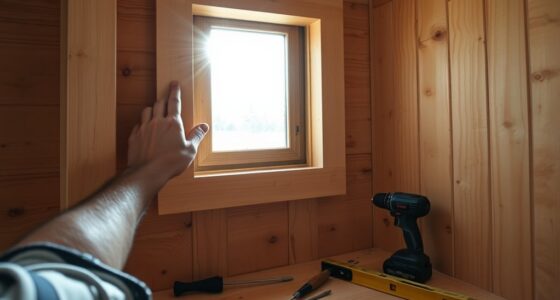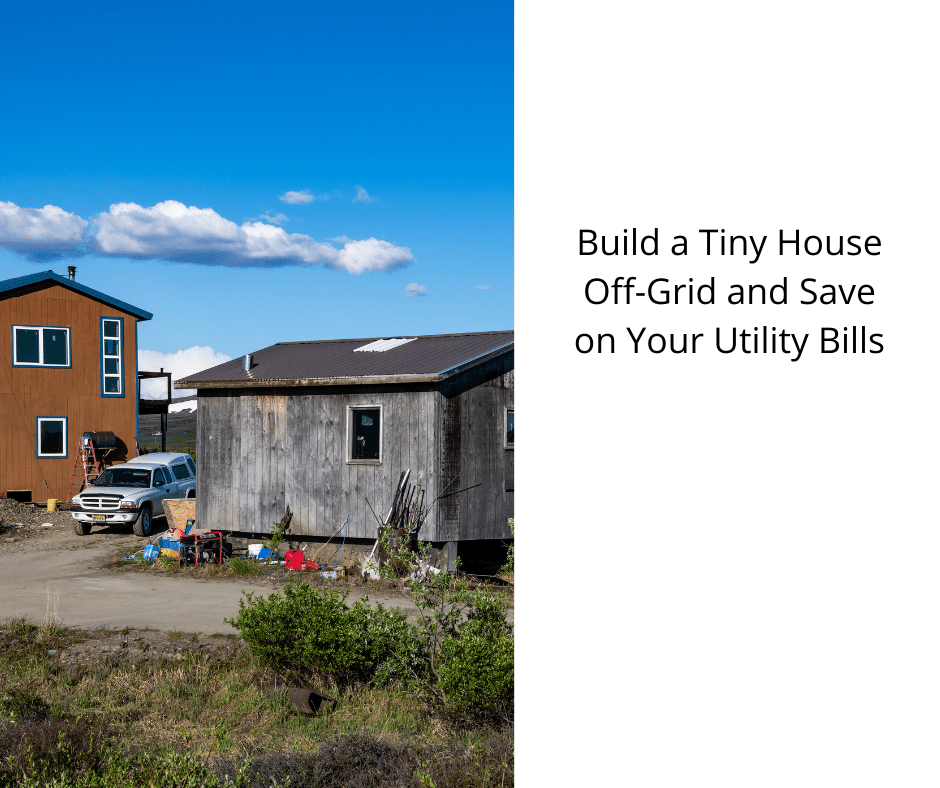When constructing a tiny home, the first step is to choose the framing method you will use. You can choose between 2×4 lumber, logs, or hybrid framing techniques. Once you have decided on the framing method, the next step is to select the material for your walls. If you choose 2×6 lumber, you will need fewer studs.
2×4 Lumber
There are a few ways to frame a tiny house, but wood is by far the easiest material to work with. Using wood allows for greater versatility, but it does require special consideration. When building a tiny house, you’ll need to adjust your framing methods to accommodate the structure’s movement. For example, you won’t want to combine joint sections since they’ll loosen with movement. In addition, wood beams are not always straight. You should also remember that a lumber store that drops off a pallet can have wood that is not straight. This will create a structural problem.
One of the best ways to build a tiny house is to use two pieces of 2×4 lumber. Two pieces of 2×4 lumber are about 1.5″ wide and five inches long. Those pieces of lumber will be used for the exterior walls of the tiny house frame. A second option is to use two pieces of 2×6 lumber. While this option will cost you more, it will give you more options regarding insulation and a solid foundation for the loft space.
Another option is to use SIPs. These panels are quick to install and do not require cladding or insulation. You can also install them yourself if you prefer. Make sure that you read the instructions carefully. Before you begin building, choose your framing material. It is best to choose wood if you can, as it will be more durable. For framing, make sure the sub-floor is level. After that, stand up the wall sections and nail them into place. If you have any weak walls, temporarily use kick braces to reinforce the framing.
Hybrid Framing
Advanced framing can speed up and save money while constructing a tiny house. Using 24-inch studs in the center of the wall, the advanced structures can reduce lumber consumption by five to 10 percent. It also gives you more room for insulation. While advanced framing might cost more, it’s much more environmentally friendly than traditional framing, and it’s an excellent choice for those who want to build a tiny house on a budget.
Another popular option is a hybrid-frame design. This style of framing combines timber-frame elements with conventional stick-frame construction. It makes use of white and red oak timbers and traditional mortise-and-tenon joinery. The hybrid-frame design offers many advantages, including the ability to modify and adjust the frame to suit the homeowner’s needs. This hybrid design is perfect for indecisive homeowners. It also saves money because it uses two framing materials that are both lightweight and durable.
Another option for tiny house builders is SIPs, which are made up of insulated panels with different thicknesses. They are lightweight, airtight, and add structural strength. They can be delivered to your site ready to assemble. However, they require extensive preparation and may not be ideal for plumbing or electrical wiring. This framing method is a good choice if you are on a budget.
Steel Framing
Steel framing may be the answer if you’re looking for a safe, secure way to build your tiny house. Steel has many advantages over wood. For starters, it’s stronger and more lightweight than wood. It also resists rust, pests, and extreme temperature changes. But it does have some disadvantages, too. Here’s a look at the downsides and advantages of steel framing for your tiny house.
The most important thing to consider is the type of framing you want for your tiny house. While wood and hybrid framing is easier to work with throughout the build, a professional can build steel and SIPs panels in just a few days. Make sure to have a plan before framing your tiny house – it’s not easy to change your mind later. Steel framing is also heavy, so make sure you have plenty of room for a trailer if you plan to move it.
While wood framing is more straightforward, it’s essential to adjust your methods for a Tiny House On Wheels. For one thing, wood beams aren’t necessarily straight. If you buy wood beams from a lumber yard, they may be warped or twisted. It’s also important to remember that your tiny house will be moved a lot. In addition, wood beams will loosen and twist as the structure moves.
Log Framing
The first step to building a tiny log home is to source high-quality timber. You should choose logs that have been grade stamped to ensure their durability. Logs stamped for this purpose are generally more robust than other materials and can be used for commercial and residential construction. Beware of cheaper logs from the local sawmill; these are not likely to be durable or long-lasting. If you purchase your logs as kits, be sure to make sure they have been graded or they will not meet local building codes.
There are many benefits to using logs in your tiny house. They can last for many decades and are easy to work with. They are easy to cut and nail, and require less construction work than steel or SIP panels. Log framing is an attractive, sustainable option and can save you a lot of money. If you’re looking for an affordable way to build a tiny house, consider using logs instead of steel or SIP panels.
You can build a tiny log cabin for a small budget. They are environmentally friendly and look beautiful. Log homes are also great for a vacation home, hunting cabin, or starter residence. You can buy a pre-built log cabin package from a manufacturer or have it custom-made. Once you have the logs, you can start construction on your tiny home. A good tip is to ensure you have enough space for the kitchen, living room, and bathroom.
SIPs
SIPs are a great option if you’re thinking about building a tiny home. This type of framing is relatively fast to build and uses less material than a stick frame. A team of two to three people can usually have the walls and roof up within a day. In addition, the standardized design of SIPs reduces labor costs. You can build one yourself or hire a team to do the work for you.
SIPs are manufactured in a factory and shipped to the construction site. They are usually cut to size and shape and are easy to finish. While lumber can be a variable product, it is easy to find SIP panels that are straight and in the proper size. You’ll want to make sure to allow for that in your plan. And if you plan to install the panels yourself, ensure you’ve allowed plenty of time for the process.
When comparing the costs of timber versus SIPs, timber is generally cheaper. The biggest advantage of timber is that it’s easier to cut, and SIP panels require less labour than steel or timber. If you’re building a tiny house, SIPs are a great option. They’re less expensive to install than timber, and can be put up in just three days. They’re also easier to maintain than traditional wood framing, which saves time and money.
Timber Frame Construction
When building a tiny house, timber frame construction can be a great option. The frame is made up of vertical and horizontal wooden beams. The framework edges are secured by double bars, which can also be applied around windows. Using a skilled and experienced constructor is highly recommended. For a more hands-on approach, check out a course like Tiny House Academy Houtskeletbouw’s teaching module, which includes 3D models.
The course is eight weeks long and designed to teach foundational knowledge about timber framing for tiny houses. Students will learn about the basic features of a timber-framed tiny house, such as the building envelope, windows, and doors. They will also get hands-on practice in the shop. The final project is a 10’x30′ tiny house that they will sell to help fund the school’s operations. However, the course is not for novices, and you should have some basic construction skills before enrolling.
The advantages of timber frame construction are numerous. First of all, it is a proven way to build a home, and it can be used to build a tiny house. Second, plantation timber is a sustainable resource and it is easy to recycle. And, timber is also very affordable. If you build a tiny house with a timber frame, you will save money on the building materials and have the peace of mind that your home will be built well.
Hi, I’m Emma. I’m the Editor in Chief of Tiny House 43, a blog all about tiny houses. While tree houses are often associated with childhood, they can be the perfect adult retreat. They offer a cozy space to relax and unwind, surrounded by nature. And since they’re typically built on stilts or raised platforms, they offer stunning views that traditional homes simply can’t match. If you’re looking for a unique and romantic getaway, a tree house tiny house might just be the perfect option.










